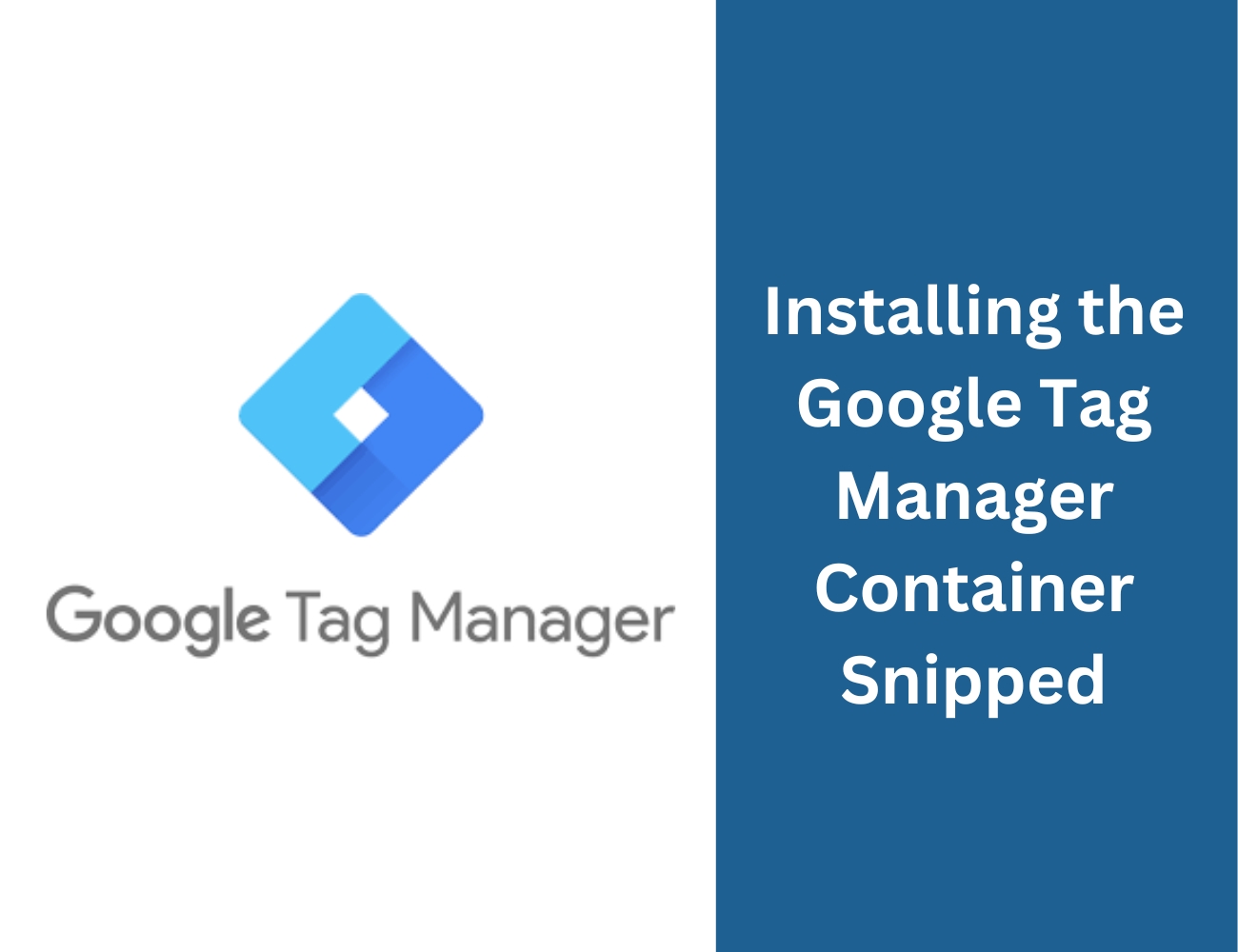Install GTM - Google Tag Manager

How to Add Google Tag Manager to Your Website
If you’re looking to streamline tag management on your website, this guide will help you get started with Google Tag Manager (GTM). GTM simplifies tracking user behavior, conversions, and website analytics. By following these steps, you can seamlessly integrate this tool and optimize your website’s performance.
For more insights on website optimization, visit our Website Optimization Tips page.
What Is Google Tag Manager?
Google Tag Manager is a free tool that allows you to manage tracking codes (tags) on your website without modifying the code directly. With GTM, you can add tags for Google Analytics, Google Ads, and third-party tools in a few clicks. This tool is perfect for managing marketing campaigns efficiently.
Learn more about tag management on our Tag Management Basics page.
Why Use Google Tag Manager?
When you use GTM, you can manage all tracking codes in one place. This saves time, reduces errors, and ensures your website’s code stays clean and organized. GTM also enables you to add advanced tracking capabilities like conversion tracking and event tracking.
Explore how GTM enhances analytics on our Advanced Analytics Setup page.
How to Integrate GTM on Your Website
Follow these steps to set up Google Tag Manager efficiently. This process applies to any type of website, whether you use a CMS like WordPress or a custom-built platform.
1. Create a GTM Account
Visit the Google Tag Manager website and log in with your Google account. Create a new account and container for your website. Choose the target platform as “Web” and complete the setup process.
2. Install the GTM Code
Once your account is created, GTM provides two snippets of code. Add the first snippet to the `
` section of your website. Paste the second snippet immediately after the `` tag. This ensures GTM loads correctly on all pages.For a detailed guide on implementing tracking codes, visit our Tracking Code Installation page.
3. Verify Your Installation
To ensure GTM is installed correctly, use the Preview mode in Google Tag Manager. Connect to your website and verify that the container is active. Use Google’s Tag Assistant for additional troubleshooting if necessary.
Adding Tags in Google Tag Manager
After installing GTM, you can start adding tags. These tags allow you to track user interactions like page views, button clicks, and form submissions.
1. Create a New Tag
In the GTM dashboard, go to the Tags section and click New. Select the tag type (e.g., Google Analytics or Google Ads) and configure it according to your requirements.
2. Set Up Triggers
Triggers determine when your tags fire. For instance, you can fire a tag on every page load or specific events like button clicks. Configure the triggers in the Triggers section of GTM.
3. Test and Publish
Before publishing your tags, test them in Preview mode to ensure they work as expected. Once verified, click the Submit button to make them live on your website.
Learn more about tag configurations on our Tag Configuration Tutorial page.
Benefits of Using Google Tag Manager
When you implement GTM, you unlock several benefits:
- Centralized Tag Management: Manage all your tags from a single interface.
- Improved Tracking: Track user interactions and conversions without extensive coding.
- Flexibility: Add or update tags quickly without modifying website code.
Read about how GTM supports marketing campaigns on our GTM Marketing Benefits page.
Troubleshooting Common Issues
Sometimes, GTM may not work as expected. Here are common issues and how to fix them:
- Incorrect code placement: Ensure GTM snippets are in the correct `` and `` sections.
- Unpublished changes: Always click Submit after making updates in GTM.
- Conflicting scripts: Check for other scripts that may interfere with GTM functionality.
For more troubleshooting tips, check out our GTM Troubleshooting Guide.
Advanced GTM Features
GTM offers advanced features like custom event tracking, user-defined variables, and integrations with third-party tools. These features make GTM a powerful tool for IT services, digital marketing, and lead generation.
Discover advanced use cases on our GTM Advanced Features page.
Conclusion
Setting up Google Tag Manager on your website is a straightforward process that simplifies tag management and improves tracking capabilities. By following the steps outlined in this guide, you can integrate GTM and start managing tags efficiently.
For additional resources, visit our Google Tag Manager Resources page and explore related tutorials.